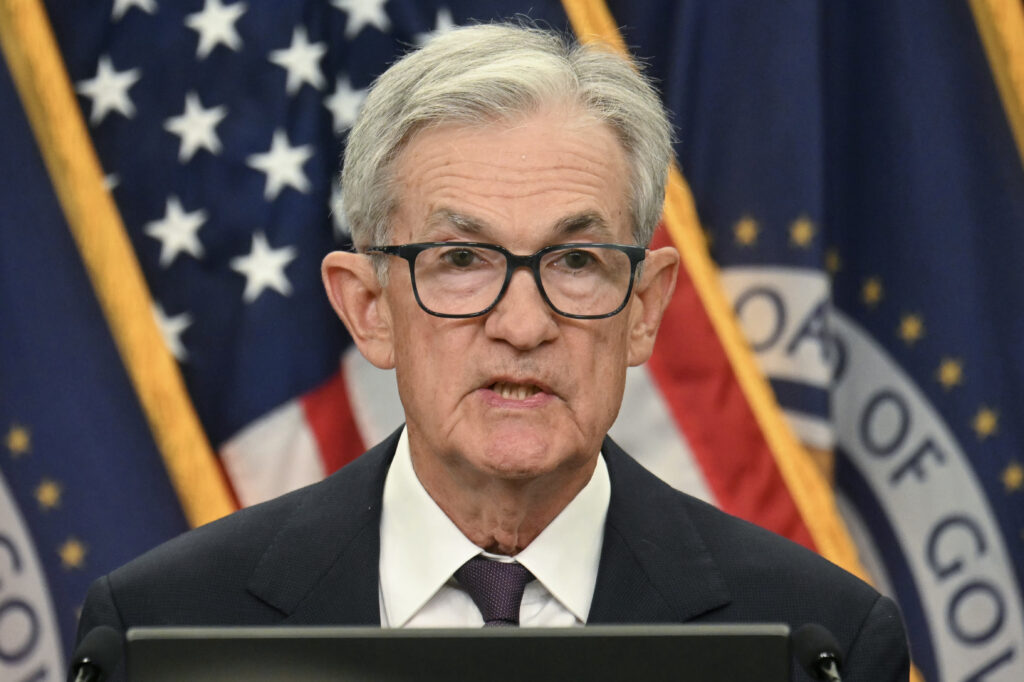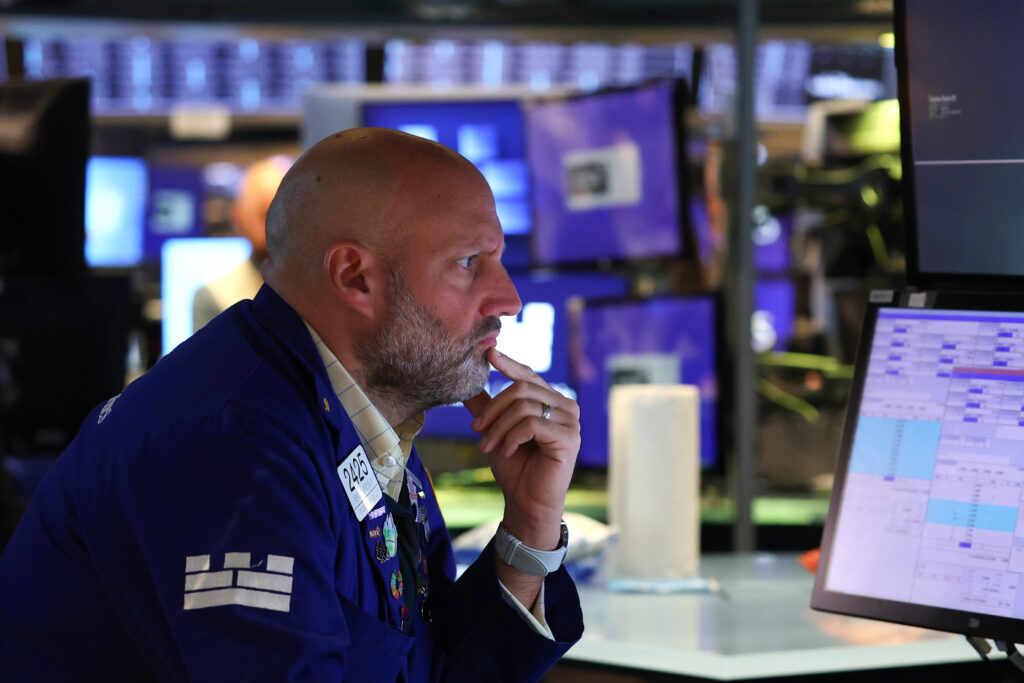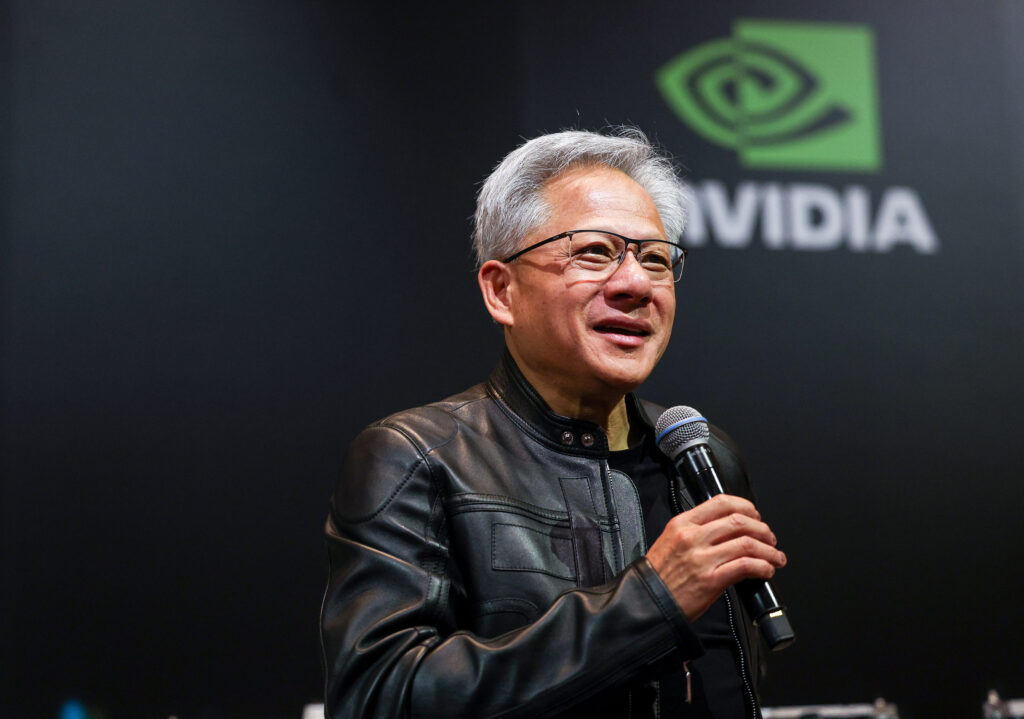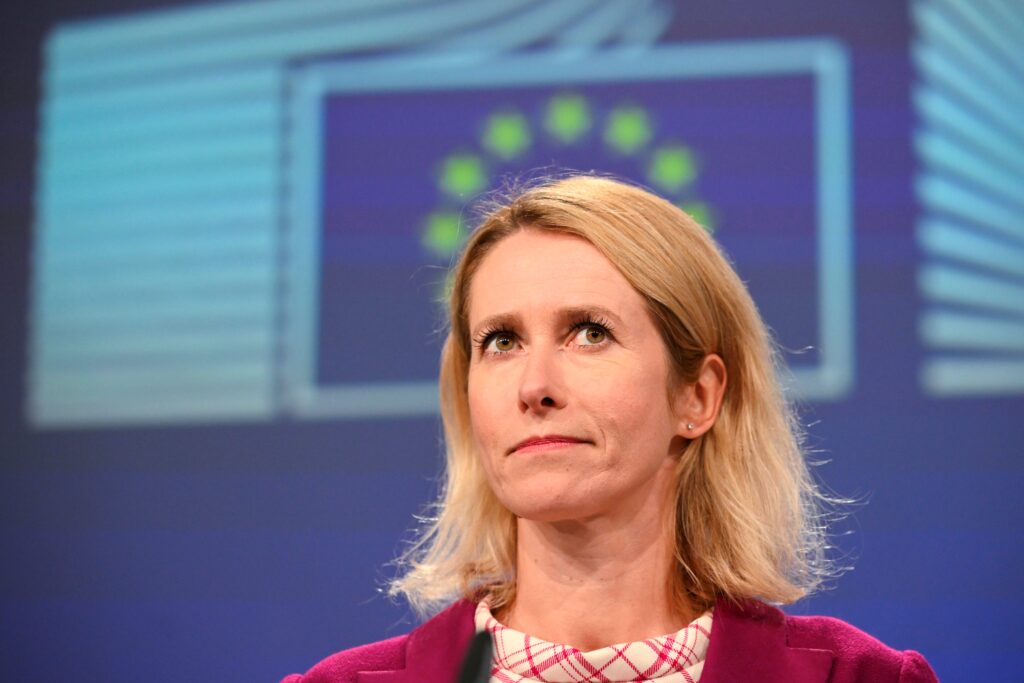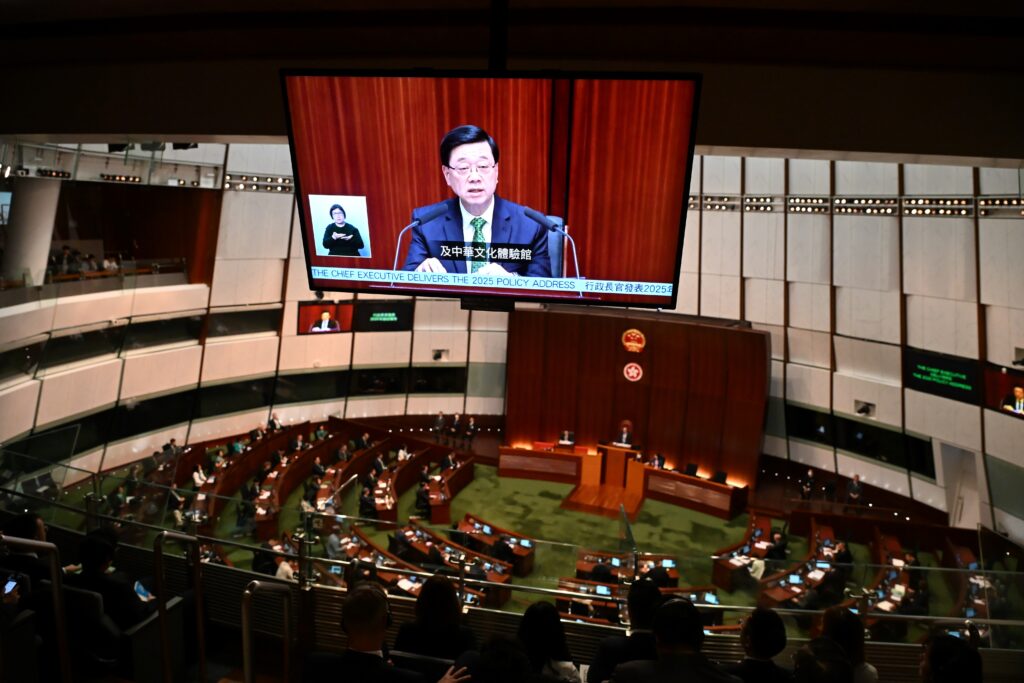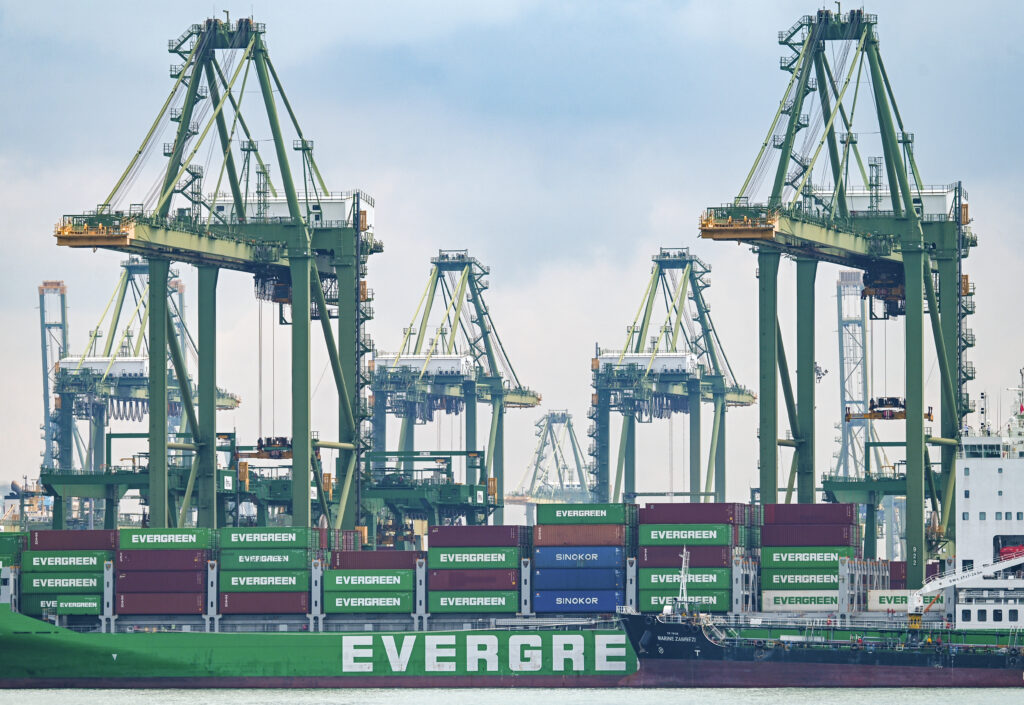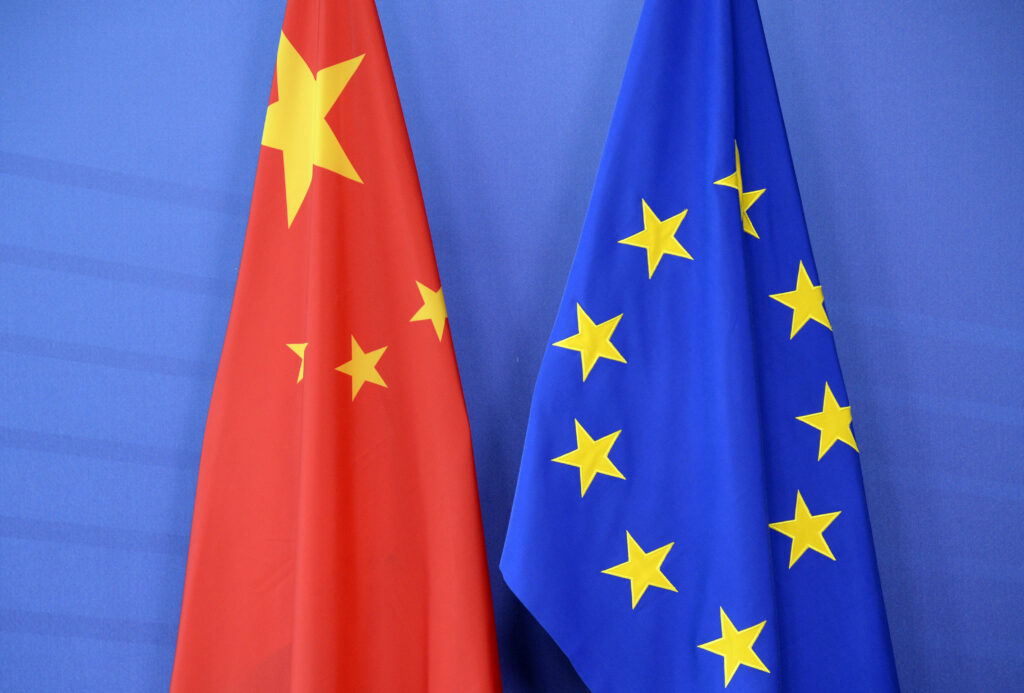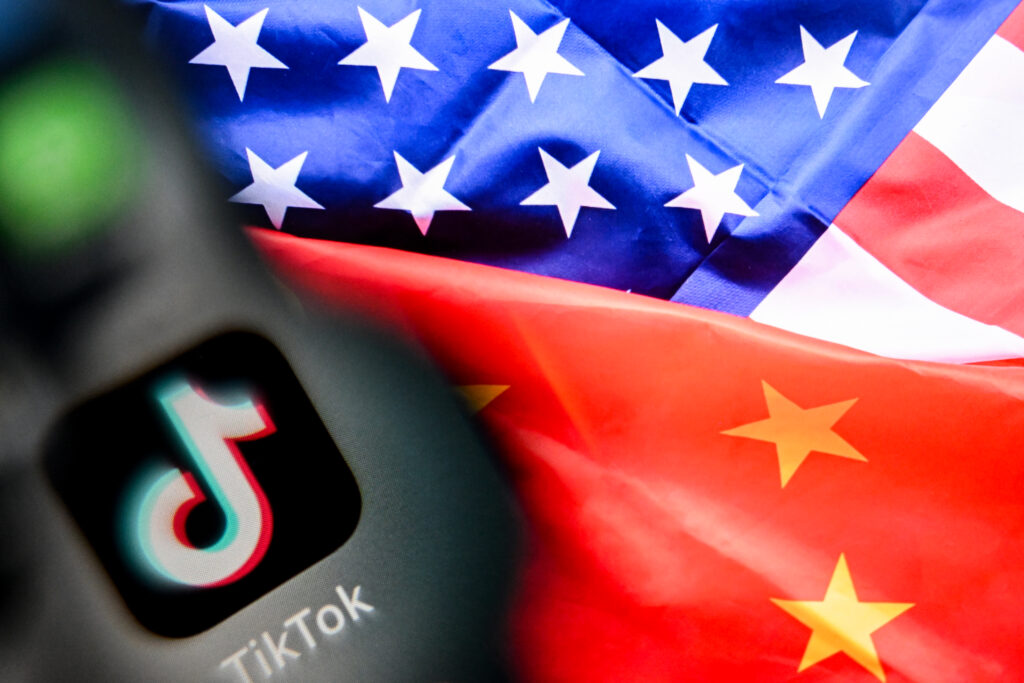US stocks finish mixed as Fed cuts rates for first time in 2025
US stocks finished mixed Wednesday while the dollar moved higher as markets digested the Federal Reserve cutting interest rates for the first time in 2025 and signaling it could enact two more cuts this year.The moves largely corresponded to market expectations and follow recent economic reports showing weaker job growth that Fed Chair Jerome Powell said justified a greater focus on the central bank’s labor market mandate compared with inflation.Equities initially strengthened on the decision, but trading was choppy thereafter as markets digested Powell’s press conference while trying to parse whether his message was more dovish or hawkish than expected.The dollar initially retreated but later strengthened, with gains against the euro and other currencies compared with Tuesday.The bounce in the dollar “could reflect the market’s view that the Fed didn’t sound quite as dovish as markets had hoped,” said James Stanley, senior strategist at Forex.com.”That said, it would be difficult to call a rate meeting when the bank cut rates and warned that rate cuts were expected at the final two meetings of this year as anything but dovish.”Fed policymakers walk a tightrope balancing inflation and labor market risks as they mull changes to interest rates.On Wednesday, the Fed said that “downside risks to employment have risen,” even as inflation has picked up and “remains somewhat elevated.”It noted that job gains have slowed while the unemployment rate — despite being low — also inched up.Based on the projections released Wednesday, policymakers appeared to be close to evenly split between those who expect at least two interest rate cuts later this year and those who anticipate one or fewer.Powell himself reiterated that additional interest rate actions would depend on upcoming economic data.A note from EY-Parthenon economist Gregory Daco said the Fed may proceed “more gradually” and make fewer than two additional cuts in 2025.”An October cut remains possible but would likely require a negative” September jobs report, said Daco, who currently anticipates a second 25-basis-point interest rate cut in December.In Europe, London and Frankfurt stocks ended the day higher while Paris dipped.In Britain, data showing UK inflation held at 3.8 percent in August reinforced expectations that the Bank of England will maintain its key rate on Thursday and for the remainder of 2025.The Bank of Canada cut its key lending rate as expected on Wednesday. Asian stocks traded mixed, after Tuesday’s tepid showing on Wall Street. – Key figures at around 2100 GMT -New York – Dow: UP 0.6 percent at 46,018.32 (close)New York – S&P 500: DOWN 0.1 percent at 6,600.35 (close)New York – Nasdaq: DOWN 0.3 percent at 22,261.33 (close)London – FTSE 100: UP 0.1 percent at 9,208.37 (close)Paris – CAC 40: DOWN 0.4 percent at 7,786.98 (close)Frankfurt – DAX: UP 0.1 percent at 23,359.18 (close)Tokyo – Nikkei 225: DOWN 0.3 percent at 44,790.38 (close)Shanghai – Composite: UP 0.4 percent at 3,876.34 (close)Hong Kong – Hang Seng Index: UP 1.8 percent at 26,908.39 (close)Euro/dollar: DOWN at $1.1811 from $1.1867 on TuesdayPound/dollar: DOWN at $1.3626 from $1.3647Dollar/yen: UP at 147.00 yen from 146.48 yenEuro/pound: DOWN at 86.70 pence from 86.95 penceWest Texas Intermediate: DOWN 0.7 percent at $64.05 per barrelBrent North Sea Crude: DOWN 0.8 percent at $67.95 per barrelburs-jmb/mlm
